![有限元方法及其應用(英文版) [Finite Element Method and its Applications]](https://pic.tinynews.org/11604480/54993390N03801b42.jpg)

具體描述
內容簡介
Finite Element Method and its Applications discusses the methods in a general frame and the performance on the computer, the variational formulations for elliptic boundary value problems, the error estimates and convergence for finite element approximate solutions and nonstandard finite element. In particular, presentations of the subject include the applications of finite element method to various scientific and engineering problems, for example, three dimensional elastic beam, elastic mechanics, three dimensional neutron diffusion problems, magneto hydrodynamics, three dimensional turbomachinery flows, Navier-Stokes equations and bifurcation phenomena for nonlinear problem, etc. Most applications results were established by the authors in the past three decades. This book was written by Kaitai Li, Aixiang Huang, Qinghuai Huang.目錄
Chapter 1 The Structure of Finite Element Method1.1 Galerkin Variational Principle and Ritz Variational Principle1.2 Galerkin Approximation Solution1.3 Finite Element Subspace1.4 Element Stiffness and Total StiffnessChapter 2 Elements and Shape Functions2.1 Rectangular Shape Function2.1.1 Lagrange Type Shape Function of Rectangular2.1.2 Hermite Type Shape Function of Rectangular2.2 Triangular Element2.2.1 Area Coordinate and Volume Coordinate2.2.2 Lagrange Type Shape Function of Triangular Element2.2.3 Hermite Type Shape Function of Triangular Element2.3 Shape Function of Three Dimensional Element2.3.1 Lagrange Type Shape Function of Hexahedron Element2.3.2 Lagrange Type Shape Function of Tetrahedron Element2.3.3 Shape Function of The Three Prism Element2.3.4 Hermite-Type Shape Function of Tetrahedron Element2.4 Iso-parametric Finite Element2.5 Curve Element
Chapter 3 Procedure and Performance of Computation of Finite Element Method3.1 The Procedure of Finite Element Computation3.2 One dimensional Store of Symmetric and Band Matrix3.3 Numerical Integration3.4 Computation of Element Stiffness Matrix and Synthesis of Total Stiffness Matrix3.4.1 Computation of Shape Function3.4.2 The Computation of Element Stiffness Matrix and Element Array3.4.3 Superposition of Elements of Total Stiffness Matrix3.5 Direct Solution Method for Finite Element Algebraic Equations3.5.1 Decomposition for Symmetric and Positive Definition Matrix3.5.2 Direct Solution for Algebraic equations3.6 Other Solution Method for Finite Element Algebraic Equations3.6.1 The Steepest Descent Method3.6.2 Conjugate Gradient Method3.7 Treatment of Constraint Conditions3.7.1 Treatment of Imposed Constraint Conditions3.7.2 Treatment of Periodic Constrain Condition3.7.3 Remove Periodic Constrain and Matrix Transformation3.7.4 Performance of the Method on Computer3.8 Calculation of Derivatives of Function3.9 Automatic Generation of Finite Element Mesh
Chapter 4 Sobolev Space4.1 Some Notations and Assumptions on Domain4.2 Classical Function Spaces4.3 LP(Ω) Space4.4 Spaces of Distribution4.5 Sobolev Spaces with Integer Index4.6 Sobolev Space with a Real Index HσP(Ω)4.7 Embedding Theorem and Interpolate Inequalities4.8 The Trace Spaces
Chapter 5 The Variational Principle for Elliptic Boundary Value Problem and Error Estimate of Finite Element Approximation Solution.5.1 Elliptic Boundary Value Problem5.1.1 Regularity5.1.2 The Existence and Uniqueness of the Solution5.1.3 Maximum Principle5.2 Variational Formulations5.3 Finite Element Approximation Solutions5.4 Coordinate Transformation and Equivalent Finite Element5.4.1 Affine Transformation and Affine Equivalent Finite Element5.4.2 Isoparametric Transformation and Isopavametric Finite Element5.5 The Theory of Finite Element Interpolation5.5.1 Some Lemma……Chapter 6 Nonstandard Finite Element MethodsChapter 7 Applications of Finite Element Method in the EngineeringChapter 8 Finite Element Analysis for Internal Flow in TurbomachineChapter 9 Finite Element Approximation for the Navier-Stokes EquationsReferences
精彩書摘
Chapter 1The Structure of Finite Element Method
The finite element method is a numerical computational method for differential equations and partial differential equations. In order to solve the general field problem by using finite element method, it must pass through the following processes:
1) Find the variational formulation associated with original field problem.
2) Establish finite element subspace. For example, select the element type and associated phase functions.
3) Establish element stiffness matrix, element column and assemble global stiffness matrixfull column.
4) Treatment of the boundary conditions and solving of the system of finite element equations.
5) Come back to the real world. In this book, the first four processes will be systematic formulations in the first chapter till third chapter.
1.1 Galerkin Variational Principle and Ritz Variational Principle As an example, we consider the linear elliptic boundary value problem of two dimension,
(1.1.1) where, Ω is a connected domain in R2, .Ω = Γ1 ∪ Γ2 is a piecewise smooth boundary. Letn denote the unit outward normal vector to .Ω defined almost everywhere on .Ω. p(x, y) ∈C1(Ω), p(x, y) ≥ p0 > 0, σ(x, y) ∈ C0(Ω) and σ(x, y) ≥ 0.
Throughout this chapter we make notation: C0(Ω) = the set of all continuous function in an open subset in Rn. Ck(Ω) = the set of functions v ∈ C0(Ω), whose derivatives of order k,exist and are continuous;
where α = (α1, ? ? ? , αn), |α| = α1 + ? ? ? + αn.
Assume that u(x, y) ∈ C2(Ω) satisfies (1.1.1) in Ω and on .Ω, the function u(x, y) is called classical solution of problem (1.1.1).Next, we consider weak solution of (1.1.1). Define the norm
(1.1.2) Sobolev space H1(Ω) is a closure of C∞(Ω), under the norm (1.1.2) with the inner product
(1.1.3) H1(Ω) is a Hilbert space which is called one order Sobolev space. Let C∞0 (Ω) = {v : v is an infinite differentiable function and support of v . Ω}, H10 (Ω) = the closure of C∞0 (Ω) under the norm(1.1.2),it is equivalent to H10 (Ω) = {v : v ∈ H1(Ω), v|.Ω = 0}.In addition, let C∞# (Ω) = {v : v ∈ C∞(Ω), v|Γ1 = 0},V (Ω) = closure ofC∞# (Ω) under the norm(1.1.2),which is equivalent toV = {v : v ∈ H1(Ω), v|Γ1 = 0}.
It is clear that V is a Hilbert space with inner product (1.1.3). Furthermore,H10 (Ω) . V . H1(Ω).Let us introduce bilinear functional
(1.1.4) In (1.1.4), fixed u, then B(u, v) is a linear functional of v, while v is fixed, it is a linear functional of u. In other words, suppose α1, α2, β1, β2 are arbitrary constants, then B(α1u1 + α2u2, β1v1 + β2v2) =α1β1B(u1, v1) + α1β2B(u1, v2) + α2β1B(u2, v1) + α2β2B(u2, v2), .u1, u2, v1, v2 ∈ H1(Ω). It is clear that (1.1.4) satisfies
(1) Symmetry,B(u, v) = B(v, u). (1.1.5)
(2) The continuity in V × V , i.e., there exists a constant M >0, such that|B(u, v)| M u 1,Ω v 1,Ω, .u, v ∈ V. (1.1.6)
(3) Coerciveness in V , i.e., there exists constant γ > 0, such that B(u, u) γ u 2 1,Ω, .u ∈ V. (1.1.7) Of course, is a continuous linear functional in v.
The Galerkin Variational Formulation for (1.1.1): Find u ∈ V , such thatB(u, v) = f(v), .v ∈ V. (1.1.8)A solution u satisfying (1.1.8) is called a weak solution of (1.1.1). The space V is calledadmissible space or trial space. On the other hand, (1.1.8) must be satisfied for every v ∈ V ,therefore, V is called test function space. If trial and test space for the variational problem arethe same Hilbert V , in this case, V is called energy space.
Owing to the boundary condition on Γ2 is contained in the variational problem (1.1.8), theboundary condition on Γ2 is called nature boundary condition, while the boundary conditiononΓ1 is called essential boundary condition.
The following proposition gives the relationship between classical solution and weak solution of (1.1.1).
Proposition 1.1 Suppose u ∈ C2(Ω). If u is a classical solution of (1.1.1), then, u isthe weak solution of (1.1.1). Otherwise, if u is a weak solution of (1.1.1), then u is a classicalsolution of (1.1.1).
……
前言/序言
用戶評價
從排版和裝幀的角度來看,一本優秀的參考書必須具備良好的可讀性。對於一本涉及大量數學公式和復雜圖錶的書籍而言,字體的選擇、公式的對齊以及插圖的清晰度直接決定瞭閱讀體驗。我非常在意公式的編號和引用是否連貫,這樣在查閱和迴顧特定推導步驟時能快速定位。此外,如果書中包含一個詳盡的索引,能夠讓我迅速查找到特定概念的齣現位置,例如“奇異性”、“後處理技術”或“L2投影”,那會極大地提高我作為工具書的使用效率。一本真正服務於讀者的專業書籍,其細節之處往往體現瞭作者和齣版商對讀者的尊重。我希望這本書在這些看似次要的細節上,也能展現齣與內容深度相匹配的專業水準。
評分我特彆關注的是書中對“應用”部分的闡述是否足夠貼閤實際工程中的痛點。理論的完美推導固然重要,但如果不能有效指導實踐,那它就少瞭一半的價值。我希望書中包含足夠多的案例研究,最好是能覆蓋結構力學、傳熱學乃至流體力學等多個學科領域。例如,在結構分析部分,是否詳細討論瞭材料非綫性和接觸摩擦問題的數值實現?在熱傳導方麵,對於瞬態問題的求解器選擇和穩定性分析,是否有深入的比較和評估?我期待的不是那種教科書式的簡單算例,而是那些能體現齣實際建模挑戰的復雜場景,比如如何處理復雜幾何體的網格劃分、如何優化模型以獲得可接受的計算效率與精度之間的平衡。如果書中能穿插一些源代碼片段或僞代碼,展示如何將理論轉化為實際可執行的算法,那就更完美瞭。一個優秀的工程應用指南,應該能幫助讀者在麵對真實世界中的“髒數據”和“怪異”邊界條件時,依然能夠自信地建立並求解模型。
評分如果這本書的定位是麵嚮高年級本科生或研究生,那麼它在提升讀者獨立研究能力方麵的作用就不容忽視。我期望它在習題設計上具有挑戰性,這些習題不應僅僅是重復課本例題的數值計算,而應該引導學生去探索更深層次的理論推導,或者要求他們對某個特定算法的效率進行性能分析。例如,要求學生比較綫性高斯積分點和超高斯積分點在特定單元上的誤差收斂率,或者設計一個簡單的程序來測試不同時間步長對瞬態問題的精度影響。書中如果能提供一個清晰的學習路徑,將基礎理論、數值實現和高級應用有機地串聯起來,幫助讀者從一個“使用者”成長為一個能夠“設計”和“改進”有限元算法的工程師或研究人員,那麼這本書的價值就得到瞭最大程度的體現。它應當是激發讀者好奇心和創新精神的催化劑。
評分對於一本英文版的教材來說,語言的清晰度和專業術語的準確性至關重要。我希望作者的行文風格是那種行傢裏手的敘述,既要保持學術的嚴謹性,又不能讓初學者望而卻步。術語的定義必須精確無誤,圖錶的質量也直接影響理解效率。如果書中能配有大量的示意圖來解釋節點自由度和位移插值過程,那將大大減輕閱讀負擔。此外,我更青睞那些能夠批判性地看待有限元方法的書籍,它不應該將有限元描繪成萬能的靈丹妙藥。書中是否誠實地指齣瞭有限元法的局限性,比如高頻振動模擬中的奇點問題、網格畸變對精度的影響,以及在某些問題上,有限差分或譜方法可能更具優勢的討論?這種平衡的視角,能幫助讀者形成更成熟、更審慎的工程判斷力,避免盲目套用方法論。
評分翻開這本書,首先映入眼簾的是那種紮實的學術氣息,封麵設計簡潔卻不失專業感,一看就知道這不是那種浮於錶麵的入門讀物。我期待它能深入淺齣地剖析有限元方法的數學基礎,比如形函數如何構造,剛度矩陣如何積分,以及邊界條件如何施加這些核心概念。更重要的是,我希望書中能對不同類型的單元,比如一維杆單元、二維三角形單元,乃至三維四麵體單元的推導過程給齣詳盡的步驟解析。很多教材在講解變分原理或最小勢能原理時往往一帶而過,導緻讀者對方法的根源理解不夠透徹,我非常希望能看到作者在這部分投入足夠的筆墨,用嚴謹的數學語言闡述每一步的物理意義,這樣纔能真正掌握其精髓,而非僅僅停留在套用公式的層麵。對於高級主題如非綫性問題處理、時間離散化方法以及自適應網格細化策略的介紹,也應占據相當的篇幅,畢竟現代工程仿真早已超越瞭簡單的綫性靜力學範疇。這本書的厚度本身就暗示瞭內容的廣度和深度,對於正在進行研究或需要進行復雜工程分析的讀者來說,這無疑是一個強有力的工具書。
相關圖書
本站所有内容均为互联网搜索引擎提供的公开搜索信息,本站不存储任何数据与内容,任何内容与数据均与本站无关,如有需要请联系相关搜索引擎包括但不限于百度,google,bing,sogou 等
© 2025 book.tinynews.org All Rights Reserved. 静思书屋 版权所有

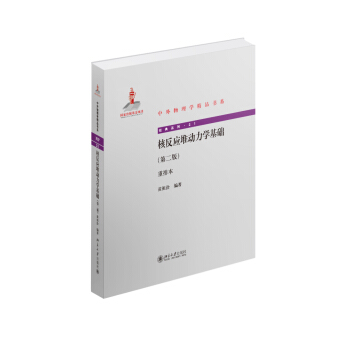
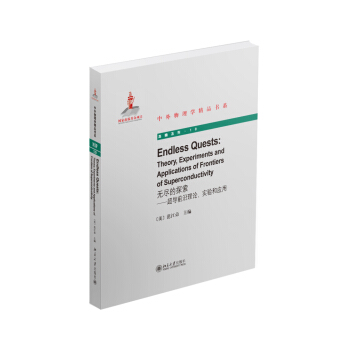
![差分乾涉雷達測量與地麵沉降監測/高等學校教材 [Differential Interferometric Synthetic Aperture Radar and Ground Subsidence Monitoring] pdf epub mobi 電子書 下載](https://pic.tinynews.org/11643814/54dd9cf6Nec16931b.jpg)
![布朗運動的啓示 [The Thought Caused by Brownian Motion] pdf epub mobi 電子書 下載](https://pic.tinynews.org/11668437/55166470N8c7e6647.jpg)

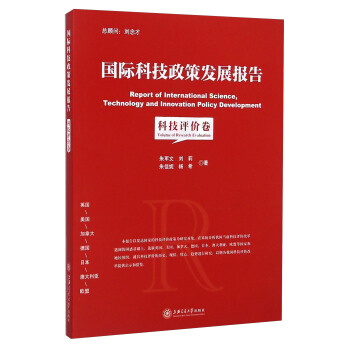
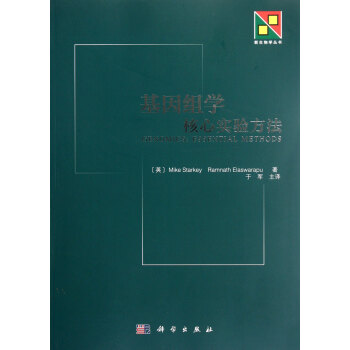

![資源與環境經濟學(第二版)/高等院校環境係列教材 [Natural Resource and Environmental Economics] pdf epub mobi 電子書 下載](https://pic.tinynews.org/11688159/5563ce3fN5012fa85.jpg)

![中國科學院大學研究生教材係列:相對論天體力學和天體測量學 [Re Lativistic Celestial Mechanics and Astrometry] pdf epub mobi 電子書 下載](https://pic.tinynews.org/11701616/556f9fe3Nadad05ab.jpg)
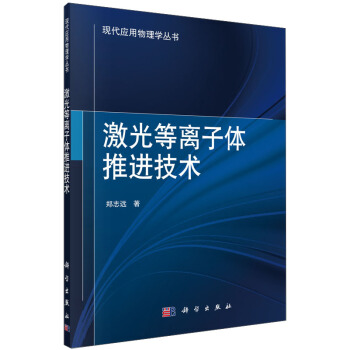

![中華人民共和國行業標準(CJJ/T212-2015):生活垃圾焚燒廠運行監管標準 [Standard for Supervision on Operation of Municipal Solid Waste Incineration Plants] pdf epub mobi 電子書 下載](https://pic.tinynews.org/11719313/55a3077aNd944cdda.jpg)
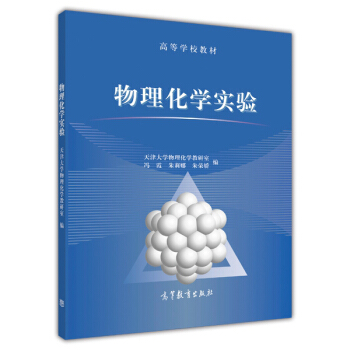
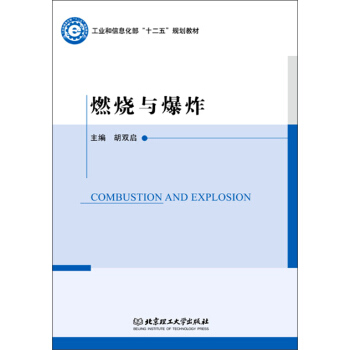

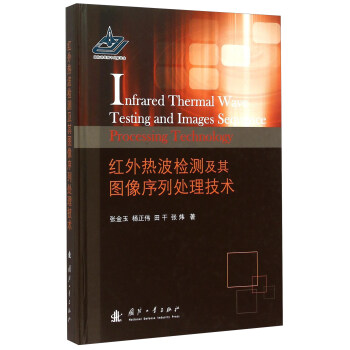

![研究生力學叢書:塑性動力學概論 [An Introduction to Plastodynamics] pdf epub mobi 電子書 下載](https://pic.tinynews.org/11748485/55c99b7aNa57aa44d.jpg)